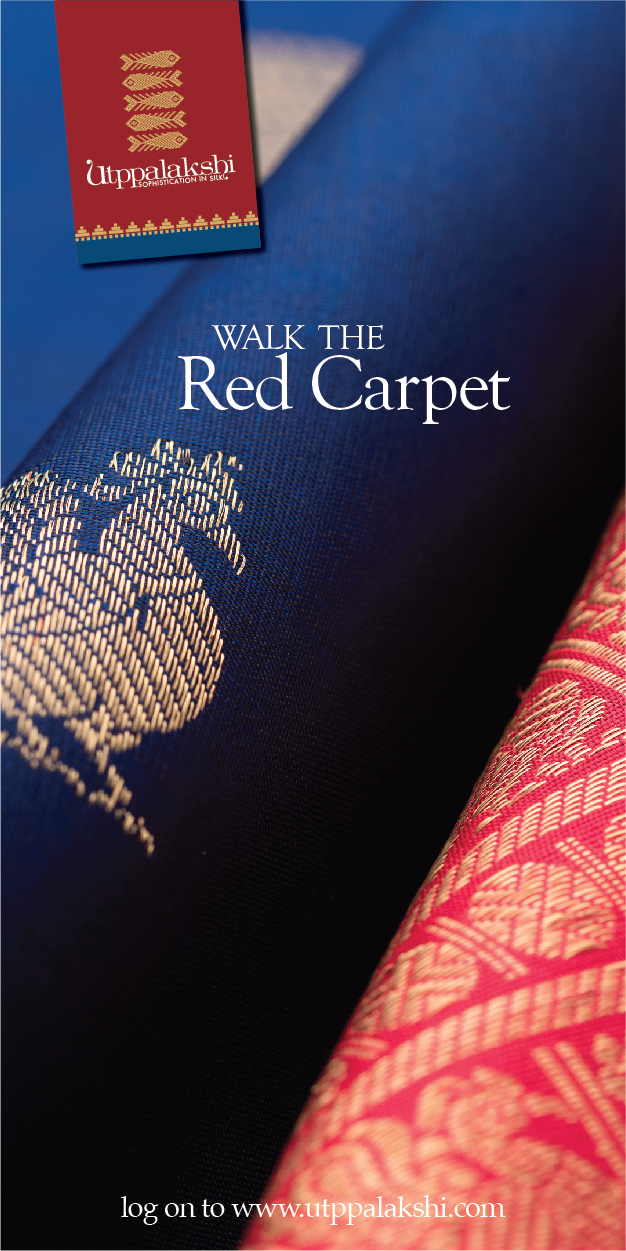Hand-eye coordination is the ability to synchronize visual information from the eyes with the movement of the hands to perform precise and coordinated tasks. It involves the efficient communication between the visual system and the motor system, enabling individuals to accurately reach, grasp, and manipulate objects based on what they see.
Drawing kolam can significantly improve hand-eye coordination through the following ways:
- Visual Tracking: Creating kolam designs involves observing patterns, shapes, and dots on the drawing surface while simultaneously coordinating hand movements to draw the lines and connect the dots accurately. This constant visual tracking of the design enhances the coordination between the eyes and hands.
- Precision and Accuracy: Kolam designs often consist of intricate and detailed patterns. Drawing these patterns requires precise hand movements based on the visual cues from the design. Practicing kolam regularly reinforces the link between visual perception and hand movements, leading to improved accuracy and precision.
- Fine Motor Skill Development: Drawing kolams involves intricate movements of the hands and fingers, especially when creating fine lines and adding intricate details. These repeated fine motor movements strengthen the neural connections between the visual and motor systems, enhancing hand-eye coordination.
- Spatial Awareness: Kolam artists need to understand spatial relationships between dots, lines, and shapes to create symmetrical and aesthetically pleasing designs. This process involves translating the visual information into coordinated hand movements, improving spatial awareness and hand-eye coordination.
- Bilateral Coordination: Many kolam designs exhibit bilateral symmetry, where elements on one side are mirrored on the other. Drawing these symmetrical patterns requires both hands to work together simultaneously, promoting bilateral coordination and hand-eye synchronization.
- Sequential Movements: Creating kolam patterns involves following specific steps and sequences. Executing these sequential movements trains the eyes and hands to work together efficiently, further enhancing hand-eye coordination.
- Mindful Engagement: Drawing kolams demands focused attention and concentration. This mindful engagement enhances the connection between visual perception and hand movements, resulting in improved hand-eye coordination.
Overall, drawing kolam serves as a mindful and artistic way to enhance hand-eye coordination. As individuals engage in the meditative practice of drawing kolams, they unknowingly refine their hand-eye coordination, benefiting not only their artistic abilities but also their overall performance in various daily tasks that demand coordinated hand movements.
Kolam in Tamil Nadu is muggulu in Andhra Pradesh and Telangana, rangoli in Maharashtra, hase and rangavali in Karnataka, alopana in Bengal, to name a few.
Life is beautiful if we choose for it to be. Let’s draw happiness!



